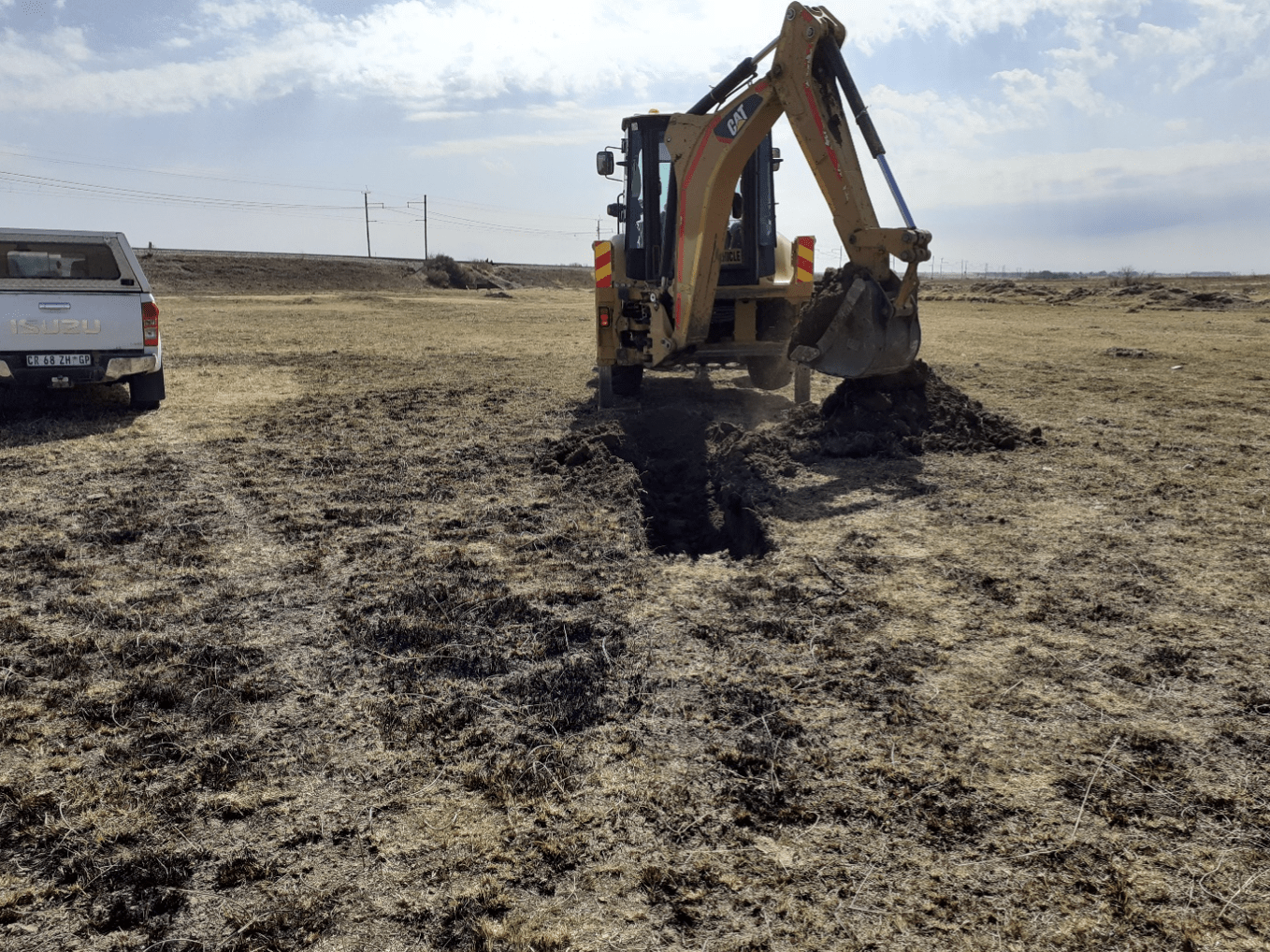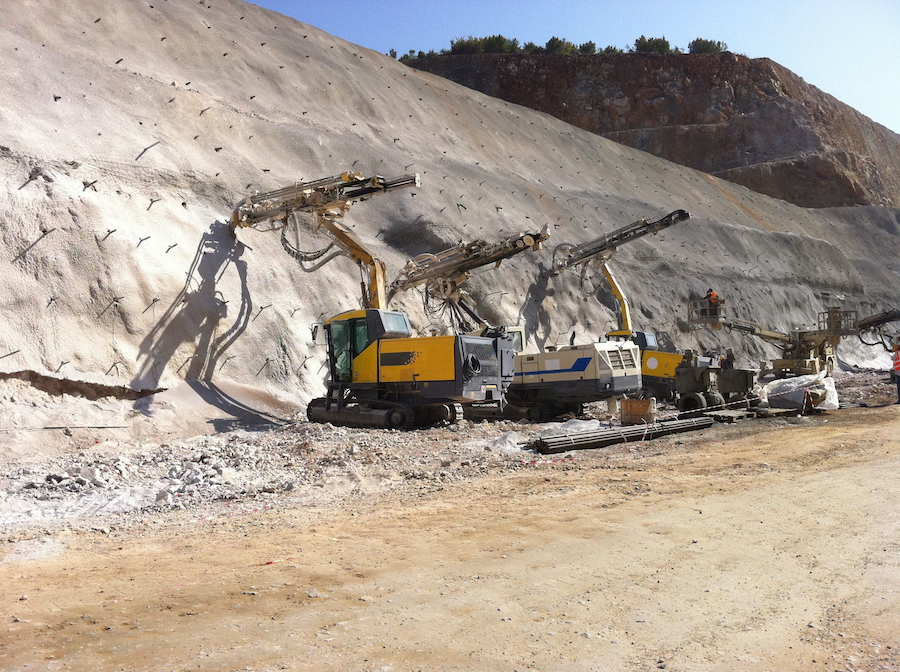A Detailed Overview of Geotechnical Engineering Techniques and Their Effect on Modern Civil Engineering Projects
Geotechnical design serves as the backbone of modern-day civil engineering, providing essential methods that deal with the intricacies of subsurface conditions. The interplay of soil evaluation, foundation style, and innovative innovations forms the integrity and sustainability of infrastructure projects.
Value of Geotechnical Engineering
Geotechnical design acts as a critical foundation for civil design jobs, affecting the security and security of frameworks. This self-control concentrates on the behavior of soil and rock materials, providing essential understandings that guide the design and construction procedures. By comprehending the interaction between the earth and crafted frameworks, geotechnical designers can evaluate dangers connected with ground problems, such as negotiation, incline stability, and liquefaction.
The significance of geotechnical engineering prolongs past simple architectural honesty; it plays a vital role in environmental security and sustainability. Effectively executed geotechnical assessments make sure that tasks minimize their environmental impact and follow governing demands (geotechnical specialist). Geotechnical engineering is crucial in website choice, enabling designers to recognize appropriate locations for construction that minimize possible dangers.
Additionally, geotechnical engineering fosters development in civil engineering by advancing techniques for ground enhancement, foundation layout, and excavation. The technique's contributions are crucial in addressing obstacles positioned by varying dirt problems, therefore assisting in effective and risk-free infrastructure development. In general, the relevance of geotechnical design is vital in making certain that civil design jobs are not only feasible yet likewise resistant against all-natural and manufactured difficulties.
Secret Techniques in Geotechnical Design

Another crucial technique is dirt stabilization, which includes changing soil residential properties to enhance load-bearing capability or minimize negotiation. Methods such as adding concrete, lime, or using geosynthetics are typically made use of to attain soil enhancement.
Ground renovation methods, consisting of dynamic compaction and vibro-replacement, are likewise crucial. These methods intend to compress soft or loosened dirts, enhancing their stamina and lowering liquefaction possibility in seismic areas.
Keeping structures, such as sheet piles and soil nailing, are utilized to support excavations and protect against dirt movement. Slope stablizing techniques, consisting of drain systems and maintaining walls, are vital for alleviating landslide dangers.

Soil Evaluation and Examining Methods
Effective dirt evaluation and screening approaches are crucial for understanding the physical and chemical homes of soil, which straight influence engineering choices. A detailed assessment of dirt attributes is vital for anticipating behavior under numerous loading conditions and ecological impacts.
Common soil screening approaches include both field and lab strategies. Field tests, such as the Requirement Infiltration Test (SPT) and Cone Infiltration Test (CPT), supply instant insights right into dirt toughness, stratification, and thickness. These tests help engineers evaluate website problems successfully prior to even more considerable laboratory analyses.
Lab testing techniques, such as Atterberg limitations, grain dimension circulation, and compaction examinations, are vital for establishing dirt plasticity, moisture content, and ideal compaction degrees. Progressed methods like triaxial examinations and combined undrained (CU) examinations use valuable data on shear stamina and reliable stress and anxiety parameters.
Chemical screening, including pH, electric conductivity, and natural content evaluation, is additionally important for understanding potential dirt contamination and its effect on construction products. Collectively, these soil analysis and screening methods develop the foundation of educated decision-making in geotechnical engineering, ensuring the security and stability of modern-day civil engineering tasks.
Foundation Design Approaches
These techniques can be classified into deep and superficial structures, each matched to particular dirt conditions and loading scenarios. Shallow structures, such as spread footings and mat structures, are usually used when surface dirts have sufficient bearing ability.
On the other hand, deep structures, including stacks and pierced shafts, are employed when surface soils are weak or inadequate for sustaining the structure. These structures transfer tons to much deeper, extra secure dirt or rock layers, making them important for high-rise buildings and bridges in challenging geotechnical conditions.
Picking the appropriate structure layout entails extensive geotechnical examinations, consisting of soil structure, birthing ability, and official website groundwater problems. Moreover, engineers should consider elements such as settlement, lateral tons, and prospective seismic task to ensure the foundation's performance gradually.
Eventually, a well-executed foundation style is a crucial facet of civil design, straight affecting the security, durability, and functionality of frameworks. geotechnical companies in south africa. By lining up foundation kinds with site-specific conditions, designers can efficiently minimize dangers connected with structure failure
Technologies Shaping Civil Engineering

Sustainable products, such as high-performance concrete and recycled accumulations, are additionally gaining traction, promoting eco-friendly methods while preserving architectural honesty. In addition, progressed geotechnical techniques, such as ground improvement and deep mixing techniques, are enhancing the stability of foundations in challenging soil conditions.
Furthermore, using drones and remote noticing innovation is improving website keeping track of and surveying, supplying real-time information that help in taking care of building and construction progress and safety. The application of ingenious building techniques, such as premade and modular building and construction, better speeds up job timelines and minimizes waste. Collectively, these advancements are not only transforming civil design techniques but also ensuring that modern framework satisfies the demands of an expanding global populace while resolving ecological concerns.
Final Thought
In verdict, geotechnical engineering techniques are important to the success of modern-day civil engineering jobs. By employing these techniques, engineers can alleviate risks and contribute to the development of resilient metropolitan settings, inevitably fostering lasting growth and safety in civil design methods.
Geotechnical design offers as the backbone of modern civil engineering, offering crucial methods that address the complexities of subsurface conditions.Geotechnical design serves as a crucial foundation for civil engineering tasks, influencing the security and stability of structures.In enhancement, geotechnical design cultivates technology in civil engineering by progressing strategies for ground renovation, foundation design, and excavation. Overall, the significance of geotechnical design is critical in guaranteeing that civil site here engineering projects are not just wikipedia reference practical however likewise resilient against man-made and natural difficulties.
In verdict, geotechnical engineering techniques are indispensable to the success of contemporary civil engineering tasks.